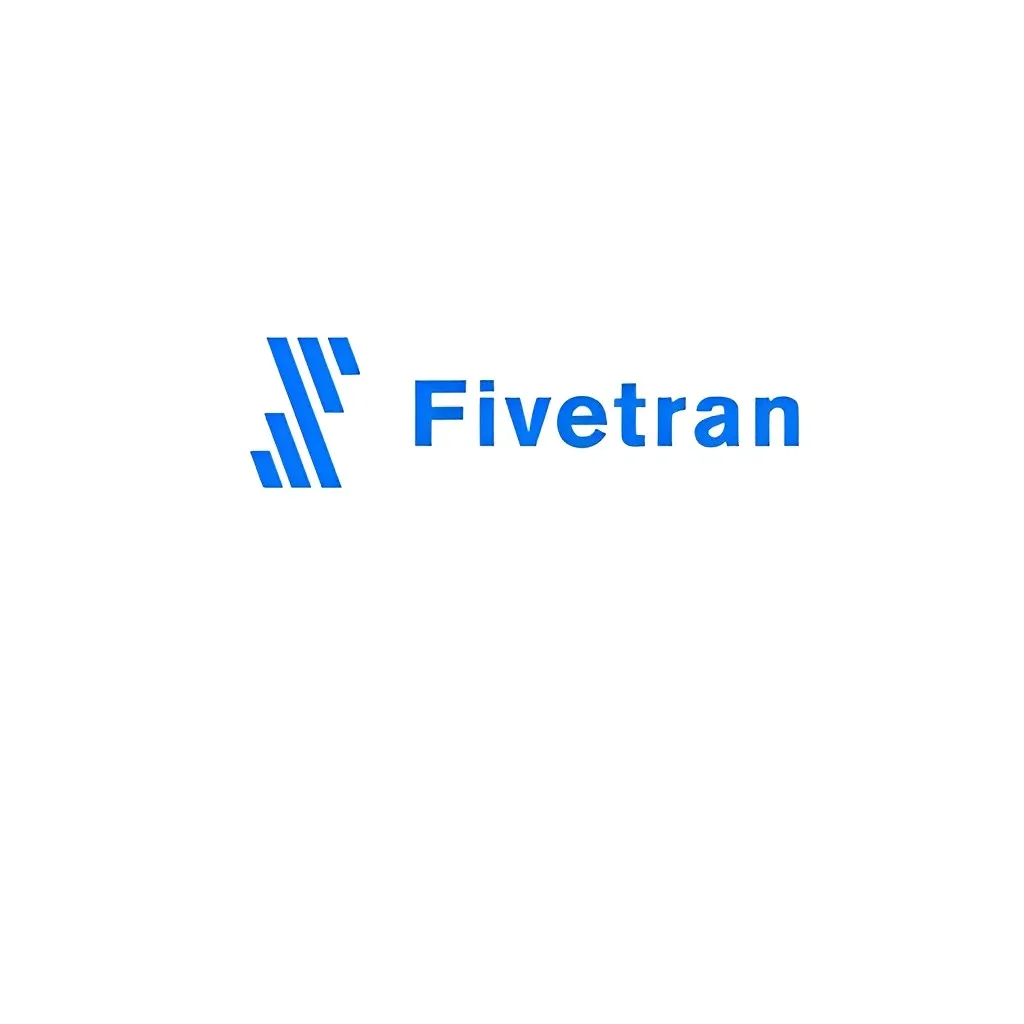Fivetran, the global leader in automated data movement, today announced three new offerings that make Fivetran the most comprehensive and complete enterprise-grade platform for automated data movement. Trusted by thousands of market-leading companies such as Autodesk, Conagra Brands, Lionsgate, Morgan Stanley and Ziff Davis, Fivetran’s fully managed service helps companies power mission-critical workloads and drive data-informed business decisions.
Enterprises across industries and throughout the Fortune 500 count on Fivetran to eliminate one of the most time-consuming tasks data engineers face today – building and maintaining data pipelines to centralize data from a variety of sources into one centralized location. Fivetran completely automates the ELT process, providing prebuilt pipelines that deploy in minutes and automatically adapt to changes in source APIs and schemas. Data is moved and centralized in and across cloud and on-premises environments. With Fivetran, real-time data access becomes as simple and reliable as electricity.
Today’s announcement extends the Fivetran Data Movement Platform, setting the industry standard with options for all deployment types for secure, real-time and high-volume database replication:
- Fivetran High-Volume Agent (HVA) Connectors use log-based change data capture to read directly from the source system’s logs with the use of an agent that minimizes replication latency and supports large volumes of data. This allows enterprise users to access up-to-date, accurate and granular data in near real-time. By providing incremental updates and schema-drift monitoring, HVA connectors are the optimal solution to support high-volume replication use cases.
- Fivetran Private Deployment enables highly secure organizations managing defense, healthcare, finance and other sensitive data the option to host Fivetran on-premises or in their own virtual private cloud (VPC). Previously, companies in highly regulated industries or with confidential data were limited in how and where they could centralize their data due to security concerns. By deploying Fivetran in their own environment, these companies can simplify and modernize their tech stacks while staying compliant with regional, industry and company policies. Modernizing infrastructure in this way reduces the total cost of ownership since there are no heavy infrastructure or intensive set-up requirements.
- AWS GovCloud Support enables government agencies to deploy Fivetran using AWS GovCloud to meet specific regulatory government requirements for handling data. AWS GovCloud allows government agencies to take advantage of the economies of the cloud while complying with FedRAMP for safe data movement. Furthermore, users can utilize AWS PrivateLink so data is never exposed to the public internet.
“Fivetran can now meet any architectural and deployment requirements for secure database replication, whether on-premises or in the cloud,” said George Fraser, CEO of Fivetran. “Companies that have been unable to actualize the value of their siloed data, or have been over-investing in fragile legacy infrastructure are now able to move their valuable data without compromising on security, efficiency or system performance.”
“Snowflake’s ongoing partnership with Fivetran focuses on investing resources in meeting the needs of our government customers,” said Ted Girard, VP of Public Sector at Snowflake. “Fivetran’s new offerings are a testament to our joint commitment to ensure our joint customers can securely and easily move their critical data into Snowflake, while maintaining compliance with mandates across the entire data pipeline.”
“Data environments continue to evolve as enterprises change databases, applications, tools, and cloud vs. on-premises infrastructure. Enterprises need to reduce the complexity of integrating data across all their sources and targets, current and future, wherever they reside,” said Kevin Petrie, VP of Research at the Eckerson Group. “Fivetran is very focused on these requirements. These new capabilities will help automate data ingestion across heterogeneous environments and improve access to critical business data.”












